What Is PEO Workers’ Compensation?
Genesis HR Solutions
MARCH 22, 2023
One of the first things you ask them for is proof of insurance, in case a worker becomes injured on your property. If this company has partnered with a PEO, the certificate will show the PEO as the named insured. You may wonder, “The PEO’s staff members aren’t performing the job—why are they named as the insured?”


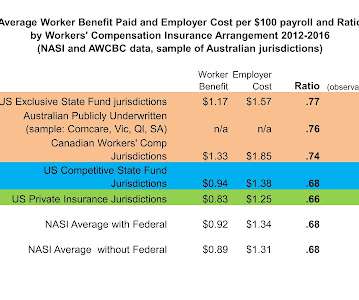
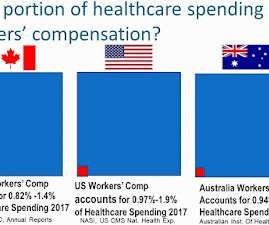
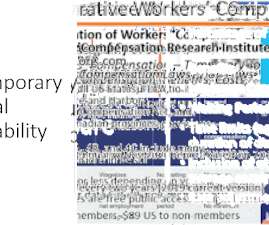
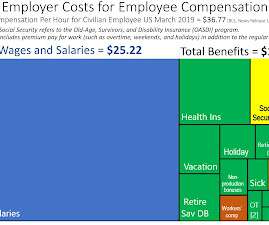

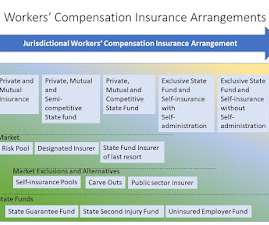







Let's personalize your content